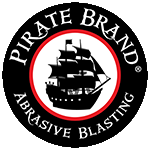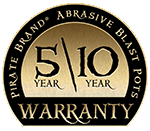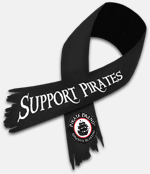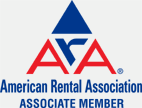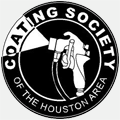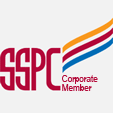- HOME
- SANDBLASTING PARTS & SUPPLIES
- ABRASIVES & EQUIPMENT
- NEW PRODUCTS
- DISTRIBUTOR LOCATOR
- ABOUT US
- CONTACT US
- WARRANTY INFO
- TECHNICAL INFO
- MANUALS
- LITERATURE
- DISTRIBUTOR LITERATURE
- DISTRIBUTOR PROMOTIONAL ITEMS
- BLASTING NEWS
- FORMS, POLICIES, CONDITIONS OF SALE
- DISTRIBUTOR PROGRAM
WARNING !!!
Abrasive blasting can create dust that may contain toxic materials from abrasive material and the surface being blasted. NEVER use abrasives containing high amounts of crystalline silica including silica sand/beach sand for abrasive blasting. Airborne crystalline silica causes silicosis, a fatal respiratory disease. Abrasive blasting can create high levels of noise that may cause hearing damage. Always use proper safety equipment including respiratory protection, hearing protection, and comply with local, regional and national safety codes. Ensure all operators of the equipment are properly trained and everyone in the area including bystanders are protected from the hazards of abrasive blasting. The manufacturer, wholesaler and distributor assume no responsibility arising from the failure to comply with this warning.
RPB RESPIRATORY WARNINGS
- Read all instructions, warnings and information included with RPB Respiratory products. Save all instruction manuals for future reference.
- Do not use RPB Respiratory products until you have been trained in the products use and limitations by a qualified individual who has extensive knowledge of RPB Respiratory products.
- Do not modify or alter RPB Respiratory products. Use only genuine RPB Respiratory replacement parts. The use of non genuine parts voids the NIOSH approval of the entire respirator and could reduce the respiratory protection performance causing life threatening respiratory disease.
- Before using a respirator ensure your employer has determined that airborne contaminant concentrations do not exceed those allowed by applicable OSHA, EPA, NIOSH or ACGIH regulation and recommendations.
- During abrasive blasting operations do not use Silica Sand. The use of Silica Sand can cause Silicosis and other respiratory diseases resulting in serious injury or death
- RPB Respiratory supplied air respirators must be supplied with clean breathable compressed air, Grade D or better at all times. Supplied breathing air must meet the requirements for Type 1 gaseous air described in the Compressed Gas Association Commodity Specification G-7.1 Grade D or higher, as described in 42 CFR, Part 84.141(b) and 29 CFR 1910.134(i)
- Do not connect a respirators air supply hose to nitrogen, toxic gasses, inert gases or other unbreathable non Grade D air sources. Check the air source before using a respirator, failure to connect the supply hose to the correct air source could result in serious injury.
- Inspect all components of a respirator daily for signs of damage or wear and tear that may reduce the level of protection originally provided
- Always wear hearing protection when using RPB Respiratory products.
- Read all instructions and warnings before using an airline filter. Save all instructions for future reference.
- RPB Respiratory airline filters do NOT remove Carbon Monoxide or other toxic gases. Use a Carbon Monoxide monitor in conjunction with a compressed air system at all times.
- Do not perform maintenance on an airline filter system until the system has been completely depressurized and locked for servicing.
- Do not remove safety pressure relief valves from airline filter systems.
- Do not use an airline filter unit which has been damaged, continued use of a damaged filter could result in the unit exploding, causing serious injury or death.
- The compressed air must be continually monitored to ensure it meets the requirements of at least Grade D quality air as describe in the Compressed Gas Association Commodity Specifications G-7.1 or higher as described in 42 CFR, Part 84.141(b) and 29 CFR 1910.134(i)
- Use only genuine RPB Respiratory replacement parts. Use of non genuine parts could reduce the filtration capabilities of a filter unit.
- Airline filters should be assembled, operated and maintained by trained, experienced operators.
- Do not connect airline filters to air sources that do not have a pressure reducing valve that will reduce the air pressure to a maximum of 125 psig (860 kpa).


